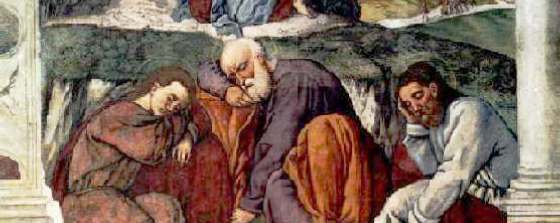|
english
"Our
House is a very very fine house..."
Crosby, Still, Nash and Young,
Padova è una delle più belle città d'arte
italiane. Conserva monumenti di eccezionale
valore stistico ed architettonico ed
è sede di una delle più antiche e prestigiose
università europee, dove ha insegnato,
tra gli altri, anche Galileo Galilei,
di cui si conserva la cattedra.
Oltre ai luoghi ed ai monumenti più
noti, quali la famosa Cappella degli
Scrovegni affrescata da Giotto, la Basilica
di sant'Antonio, il Prato della Valle,
meritano senz'altro una visita alcuni
monumenti troppo spesso dimenticati
dal turista distratto: l'imponente palazzo
della ragione, la più grande sala pensile
al mondo, colpletamente ricoperta da
un ciclo di affreschi ispirati alla
concezione magico-esoterica dello studioso
Pietro d'abano; il battistero, con il
trecentesco ciclo di affreschi di Giusto
de Menabuoi; l'Orto Botanico, il più
antico del mondo, dichiarato patrimonio
dell'umanità dall'Unesco;
Altri luoghi "minori" ma sicuramente
interessanti (tutti visitabili con la
padova card e raggiungibili a piedi):
Le scolette di San Giorgio e del Santo,
a fianco della Basilica di Sant'Antonio
(forse la cosa più bella da vedere nel
complesso abbaziale).
La medievale chiesa di Santa Sofia.
Il piccolo Castello di Palazzo Zabarella.
La specola, ovvero l'antico osservatorio
astronomico ospitato nella torre del
castello cittadino.
La Scuola della Carità (una sala affrescata
a pochi passi dal convento di san Francesco).
La Loggia e l'odeo Cornaro, primi esempi
di quinta teatrale stabile in Europa.
Per gli amanti del cinema un luogo da
non perdere: la collezione Minici Zotti,
un bellissimo museo sulla storia delle
lanterne magiche e delle prime macchine
per il cinema, ospitatao in un palazzo
dal quale il Canaletto fece una famosa
riproduzione pittorica del Prato della
Valle.
Questa è solo un breve elenco di quanto
Padova ha da mostrare: per conoscere
meglio i monumenti e i luoghi della
città potete visitate il sito della
rete civica www.padovanet.it
e cliccare nella sezione "cultura".
Padua is one of the most enchanting
medieval towns in Italy. It hides in
his coffin a series of treasures of
art and architecture, which are mostly
still to be discovered by the turists.
Aside the world famous Chapel of Scrovegni,
painted by GIotto, and the Basica of
Saint Antony, visited every year by
millions of pilgrims, lie a vast quantity
of "minor" monuments and places that
deserve to be discovered.
Here you can find only a small list,
made up from personal preferences, but
you can discover more about padua's
monument by visiting the cultural part
of this town web site www.padovanet.it
The huge "Palazzo della Ragione" (ancient town court) is one of the biggest room in the world and its walls are completely covered by fescoes depicting the esoteric-mistical ideas of the ancient philosopher Pietro d'Abano. The palace is located in the heart of the town, surronded by several beautiful squares where the market is held everyday.
Another important munument is the baptistey of the cathedral, whose impressive frescos date back to the 14th century.
The small Botanical garden, located next to the impressive "Prato della Valle" square, was declared "world heritage" by UNESCO for being the most ancient modern botanical garden in the world (it was founded in the 16th century for the university).
Also worth visiting are the ancient tower of the castle (la Specola, former astronomical observatory), the medieval church of Santa Sofia, the little halls of St. George and St.Anthony, next to the basilica, the Hall of the Charity, near St. Francis church, and Palazzo Zabarella a veritable small castle located in the middle pof town.
Another strange but interesting monument is the "Loggia e Odeo Cornaro", first example in Europe of a theatre scenary built for the purpose: the noble Cornaro in the 16th century ordered to built it next to his palace for hosting the comedies and dramas written for him by "Il Ruzzante", an friend of his and famous writer.
As a curiosity we suggest a brief look at the hidden roman bridge of St. Lorenzo, located under the street level near the Tomb of Antenore (mythical founder of the town) and the small museum "Collezione Minici Zotti" which is dedicated to the magic lamp and the beginning of the cinema age. It shows real masterpieces of this art.
|







